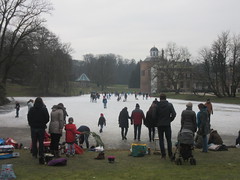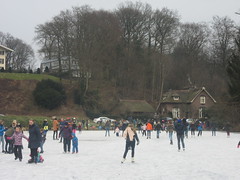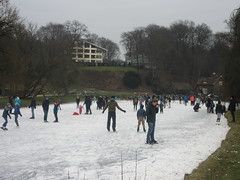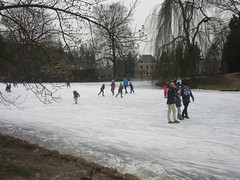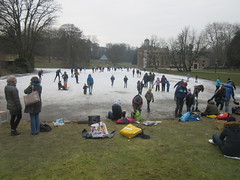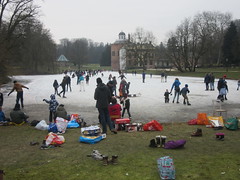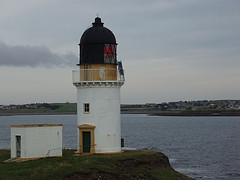When this post is published, I shall be closing the Shell Gallery blog.
It used to run in tandem with the Atlantic Lines blog, which will be closed at the same time (with a parallel post). My years of
going back and forth between Scotland and Holland, the way I have done
for the past ten years, are over.
It is 10 years and five months since I opened the Shell Gallery, following the death of my mother. With a degree of sadness, I am closing it this morning.
A new blog is now on-line on: https://cobbled-road.blogspot.com/
Tuesday, 2 October 2018
Thursday, 3 May 2018
March 4th - 31st, 2018
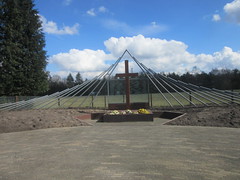 Woeste Hoeve - memorial for 117 executed
Woeste Hoeve - memorial for 117 executed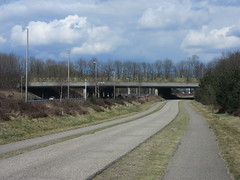 Cerviduct, Terlet
Cerviduct, Terlet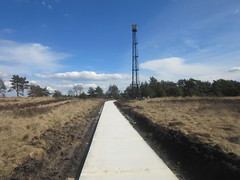
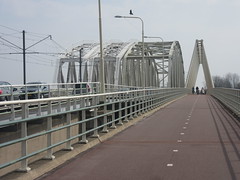 Bridge, Westervoort
Bridge, Westervoort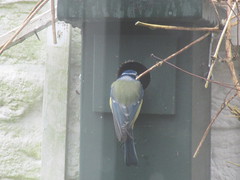 Inspecting the nestbox
Inspecting the nestbox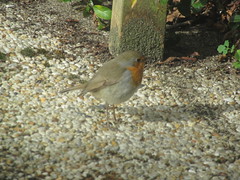 Robin
Robin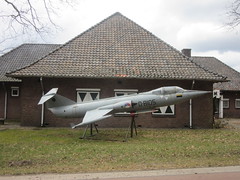 Airforce museum, Deelen
Airforce museum, Deelen Stork
Stork Crocus
Crocus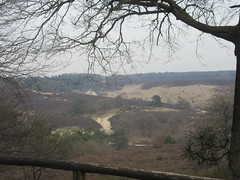 Zypenberg
Zypenberg
April 1st - 14th, 2018
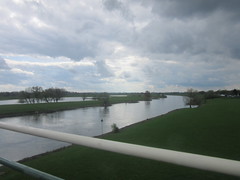 River Rhine, Westervoort
River Rhine, Westervoort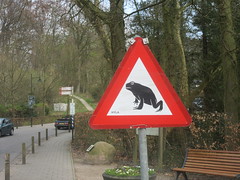 Migrating toads
Migrating toads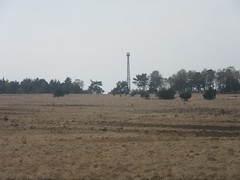 Fire watch tower
Fire watch tower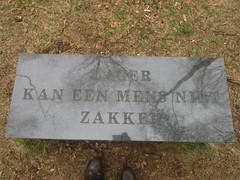 Lower a man cannot sink (Teerose II)
Lower a man cannot sink (Teerose II)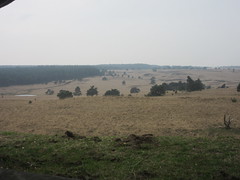 View from the Elsberg
View from the Elsberg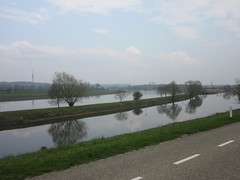 River Rhine between Driel and Praets
River Rhine between Driel and Praets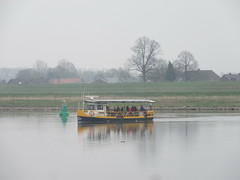 River ferry, Driel / Oosterbeek
River ferry, Driel / Oosterbeek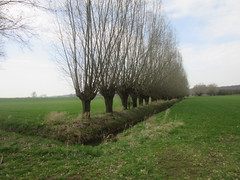 Havikerwaard, Ellecom
Havikerwaard, Ellecom Friendly puss
Friendly puss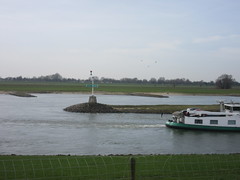 IJsselkop, Westervoort
IJsselkop, Westervoort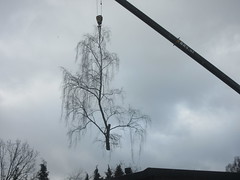 Flying tree
Flying tree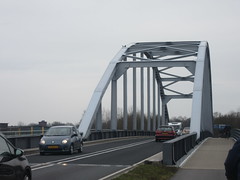 Bridge, Doesburg
Bridge, Doesburg
April 15 - May 2, 2018
 Railwaystation, Velp
Railwaystation, Velp Bicycle factory, Dieren
Bicycle factory, Dieren Flags out for King's Day, 27 April
Flags out for King's Day, 27 April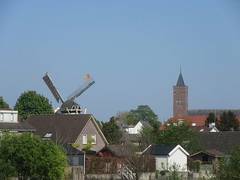 Giesbeek
Giesbeek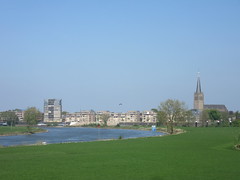 Doesburg
Doesburg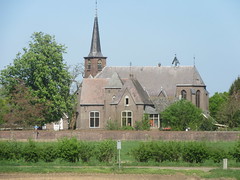 Olburgen
Olburgen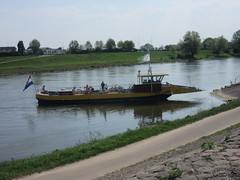 River ferry, Rheden
River ferry, Rheden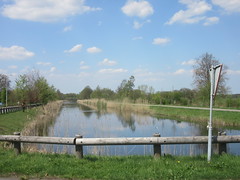 Canal, Dieren
Canal, Dieren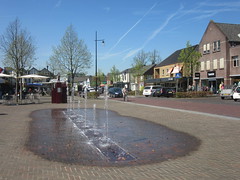 Eerbeek
Eerbeek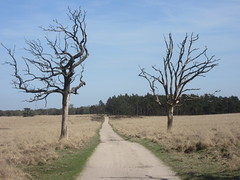 Deelerwoud
Deelerwoud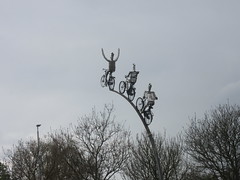 Duiven
Duiven
Tuesday, 1 May 2018
Ten years
Ten years ago today, my mother passed away. This blog is dedicated to her memory, as stated in the sidebar. I miss her every day, but would not have wanted her to have suffered any longer than she had to. This week, we shall visit her grave, leave some white roses there and reflect on the passing of the years. She shall remain there, in the sun-splashed corner of the village cemetery in the woods. We shall go on, because that's what she would have wanted us to do.
Wednesday, 31 January 2018
31 January
This day is one for celebration - but at the same also one for commemoration in the Netherlands. The celebrations are for the 80th birthday of (former) Queen Beatrix, who abdicated the throne in 2013 to give way to her eldest son, Willem Alexander. A very private person, Beatrix still mourns the passing of her husband Prince Claus, who died in 2002; as well as the loss of her son Friso, who died in 2013, a year after being severely injured in a skiing accident in Austria. I experienced Beatrix as a slightly distant monarch; her son is by contrast very open, without forgetting about the deference due to him.
Sixty-five years ago today, a violent storm struck the Netherlands. The northwesterly winds combined with a storm surge, which elevated water levels in the southern North Sea. This caused flooding in the Thames Estuary in England, as a result of which 300 people drowned. The flooding in the southwestern Netherlands was catastrophic. Warnings had been issued by the Netherlands Met Office (KNMI), which were broadcast too late in the day (radio broadcasts ceased at 11pm each night, and TV was in its infancy) to reach the authorities in the southwest. Only local people were aware of the dangers, when waterlevels at low tide were at those normally experienced at high tide. The dykes breached, flooding large areas of the provinces of Zeeland, southern South Holland and western North Brabant. More than 1800 people drowned, as well as thousands of heads of lifestock. A major flood prevention scheme, the Delta Works, were initiated, only completed in 1986.
Sixty-five years ago today, a violent storm struck the Netherlands. The northwesterly winds combined with a storm surge, which elevated water levels in the southern North Sea. This caused flooding in the Thames Estuary in England, as a result of which 300 people drowned. The flooding in the southwestern Netherlands was catastrophic. Warnings had been issued by the Netherlands Met Office (KNMI), which were broadcast too late in the day (radio broadcasts ceased at 11pm each night, and TV was in its infancy) to reach the authorities in the southwest. Only local people were aware of the dangers, when waterlevels at low tide were at those normally experienced at high tide. The dykes breached, flooding large areas of the provinces of Zeeland, southern South Holland and western North Brabant. More than 1800 people drowned, as well as thousands of heads of lifestock. A major flood prevention scheme, the Delta Works, were initiated, only completed in 1986.
Tuesday, 30 January 2018
30 January 2018
Two and a half months have now passed since I returned to Holland. My uncle was buried a week after I came back, and his affairs have been put in order. The house he rented for more than sixty years was cleared in the space of a few weeks, and returned to the landlord. A major refurb will be in order before anyone can move in. The house is close to my father's, and I frequently pass it on my way through the village. Just this week, I noticed the snowdrops and crocuses near my uncle's house are budding, the distant beginnings of a new spring. Before his death, my uncle gave me his old bicycle to use, which I have done: quite a few miles on various runs around the heathlands and woods that adorn this part of the world. The highest point is about 350 feet / 105 metres above sealevel, and against expectation perhaps, this part of the Netherlands is anything but flat.
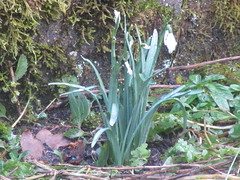
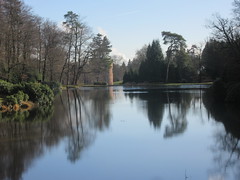
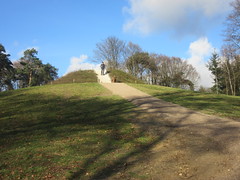
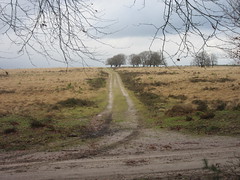
Two weeks ago, the Netherlands was visited by a violent storm. It claimed two lives, created transport chaos with no trains running, trucks overturned on the motorways and people bowled over in 70 mph gusts. Highest gust was 90 mph at the Hook of Holland. Thousands of trees were blown down, blocking roads and hurting if not killing people.
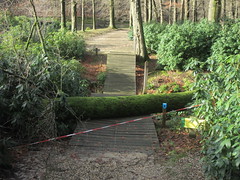

Last week, I visited the town of 's-Heerenberg, 25 miles east of here, on official business. It is a quaint wee town, right on the German border near Emmerich, with an old castle and church.





Two weeks ago, the Netherlands was visited by a violent storm. It claimed two lives, created transport chaos with no trains running, trucks overturned on the motorways and people bowled over in 70 mph gusts. Highest gust was 90 mph at the Hook of Holland. Thousands of trees were blown down, blocking roads and hurting if not killing people.


Last week, I visited the town of 's-Heerenberg, 25 miles east of here, on official business. It is a quaint wee town, right on the German border near Emmerich, with an old castle and church.

Subscribe to:
Comments (Atom)
